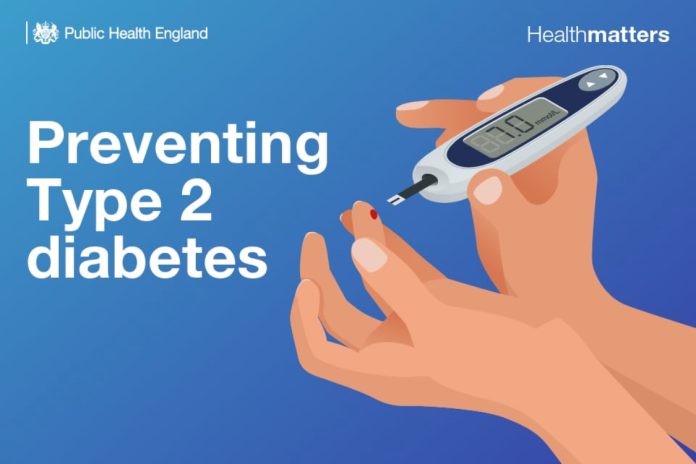To reduce your risk of developing type 2 diabetes, maintain a healthy weight by eating a balanced diet and staying active. Focus on whole foods like vegetables, whole grains, lean proteins, and healthy fats, while cutting back on sugar, refined carbohydrates, and fizzy drinks. Aim for at least 150 minutes of moderate exercise each week, such as brisk walking or cycling, and include strength training to improve insulin sensitivity. Staying hydrated, getting enough sleep, and managing stress also play a key role in keeping blood sugar levels stable.
If you’re at higher risk—due to family history, prediabetes, or being overweight—monitor your blood sugar and take preventive steps. Losing just 5–10% of your body weight can make a significant difference. Avoid smoking, drink alcohol in moderation, and attend regular health check-ups. Small, sustainable changes to your diet, activity levels, and lifestyle can greatly lower your chances of developing Type 2 diabetes.
You don’t want type 2 diabetes from eating too many sweeties; our bodies cannot control blood glucose because insulin no longer works. Our pancreas cells make this hormone while we gobble up snacks while on our phones.
Carbohydrates turn into blood glucose, which needs to be stored in the cells. Glycogen is the storage compound in the muscles and liver. It is found that it can be turned back to glucose when needed by a hormone called glucagon. Our pancreas cells make this. Also, when our blood glucose levels are too low, glycogen is turned back into glucose so you can have energy.







